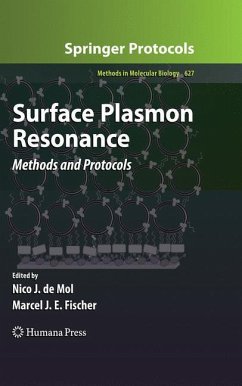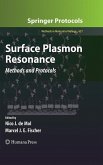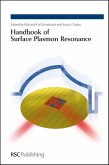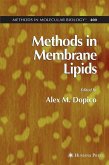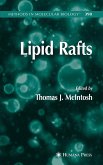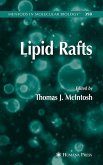While commercial instruments have expanded the usage and the related literature has increased, the quality of surface plasmon resonance (SPR) research has been hindered by a lack of knowledge of the processes that influence the SPR signal. In Surface Plasmon Resonance: Methods and Protocols, experts in the field present a wide variety of applications involving commercially available SPR instruments. The heart of the SPR technique is to construct a dedicated surface for an assay. Protocols describe such surfaces for many needs, including the study of membrane bound proteins. Beyond the protocols-based chapters, the volume also highlights the backgrounds of vital issues in the use of SPR, including processes occurring within the hydrogel environment of sensors and on lipid membrane surfaces as well as the analysis of kinetic information. Written in the highly successful Methods in Molecular Biology(TM) series format, chapters include introductions to their respective topics, lists of the necessary materials and reagents, step-by-step, readily reproducible protocols, and notes on troubleshooting and avoiding known pitfalls.
Authoritative and cutting-edge, Surface Plasmon Resonance: Methods and Protocols fills a need for well-described, hands-on SPR experimental protocols and promises to inspire the adaptation of these techniques to fit the needs of labs around the world.
Authoritative and cutting-edge, Surface Plasmon Resonance: Methods and Protocols fills a need for well-described, hands-on SPR experimental protocols and promises to inspire the adaptation of these techniques to fit the needs of labs around the world.

